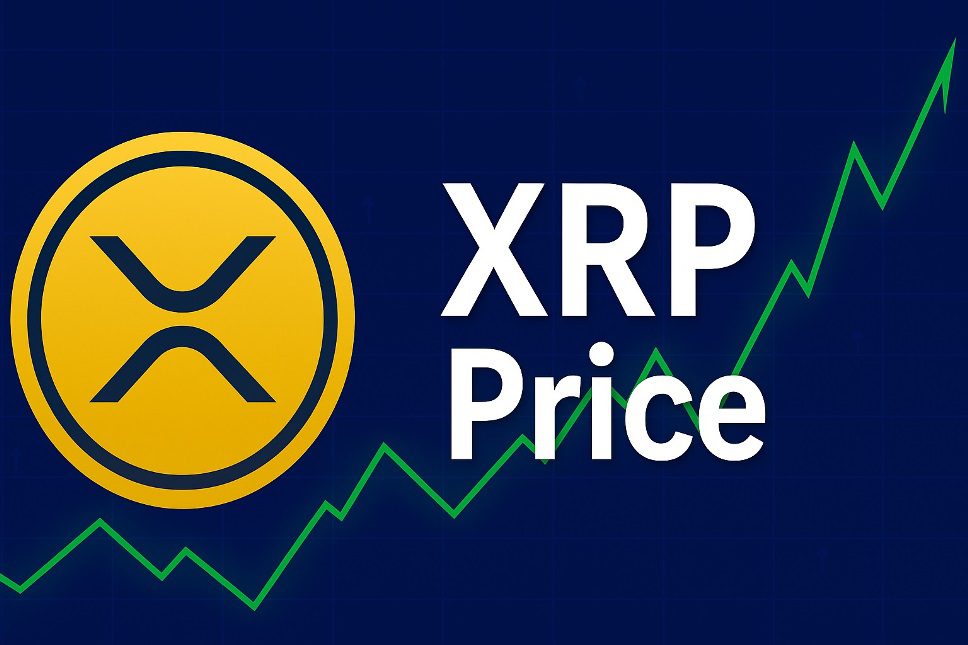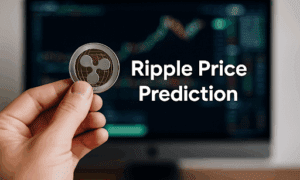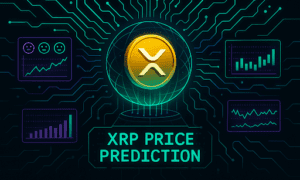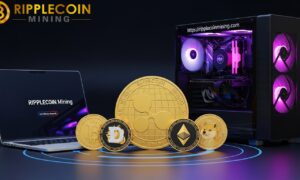Introduction to XRP
xrp price is a digital asset and cryptocurrency that was created by Ripple Labs Inc. It is designed to enable fast and low – cost international money transfers. Unlike some other cryptocurrencies, XRP is not mined. Instead, all 100 billion XRP tokens were pre – created. This characteristic has a significant impact on its price dynamics. XRP operates on a decentralized blockchain – like network, which is built to handle a large volume of transactions quickly, making it an attractive option for financial institutions looking to streamline cross – border payments.
Historical Price Trends
The price history of XRP is a roller – coaster ride. In its early days, XRP had a very low price, often trading for fractions of a cent. However, in late 2017 and early 2018, the cryptocurrency market experienced a massive bull run, and XRP was no exception. Its price soared to an all – time high of around $3.84 in January 2018. This meteoric rise was driven by a combination of factors, including increased mainstream media attention, growing interest in cryptocurrencies, and Ripple’s partnerships with major financial institutions.
After reaching its peak, XRP, like many other cryptocurrencies, entered a bear market. The price dropped significantly over the next few years. By 2020, it was trading at less than $0.20. The bearish trend was due to regulatory uncertainties, general market corrections, and the negative sentiment towards cryptocurrencies in some regions.
Factors Influencing XRP Price
Market Sentiment
The overall sentiment in the cryptocurrency market has a profound impact on XRP’s price. When investors are optimistic about the future of cryptocurrencies, they are more likely to invest in XRP, driving up its price. Conversely, during periods of fear and uncertainty, such as when there are regulatory crackdowns or major security breaches in the cryptocurrency space, the price of XRP tends to decline.
Regulatory Environment
Regulation is one of the most critical factors affecting XRP’s price. Ripple Labs has been involved in a long – running legal battle with the U.S. Securities and Exchange Commission (SEC). The SEC alleges that XRP is a security, which, if proven true, could have far – reaching implications for its trading and value. Uncertainty surrounding the outcome of this legal case has led to significant price volatility. Positive regulatory news, such as favorable court rulings or clear regulatory frameworks, can boost the price, while negative news can cause sharp drops.
Technological Developments
Advancements in Ripple’s technology can also influence XRP’s price. For example, improvements in the speed and scalability of the XRP Ledger can make it more attractive to financial institutions and users. New features and partnerships that enhance the utility of XRP can increase demand, leading to a rise in price. On the other hand, if competing technologies emerge that offer better solutions for cross – border payments, it could put downward pressure on XRP’s price.
Adoption by Financial Institutions
Ripple has been actively seeking partnerships with financial institutions around the world. When major banks or payment providers announce that they will use XRP for cross – border transactions, it can have a positive impact on the price. Increased adoption means more demand for XRP, which in turn drives up its value. However, if the adoption rate is slower than expected or if financial institutions choose alternative solutions, the price may suffer.
Price Volatility
XRP is known for its high price volatility. This volatility is a double – edged sword. On one hand, it presents opportunities for traders to make significant profits through short – term trading. Traders can take advantage of price swings by buying low and selling high. On the other hand, it also poses risks, especially for long – term investors. The large price fluctuations can lead to substantial losses if the market moves against them.
The high volatility can be attributed to several factors. The relatively small market capitalization compared to traditional assets makes XRP more susceptible to large price movements. Additionally, the regulatory uncertainties, technological challenges, and market sentiment all contribute to the wild price swings.
Future Outlook
The future of XRP’s price is highly uncertain. If Ripple Labs wins its legal battle with the SEC, it could lead to a significant price increase as regulatory clarity would attract more investors and financial institutions. Moreover, continued technological advancements and increased adoption by financial institutions could also drive the price up.
However, there are also risks. If the SEC’s lawsuit goes against Ripple and XRP is classified as a security, it could face significant restrictions on trading, which would likely cause the price to decline. Competition from other cryptocurrencies and emerging payment technologies also poses a threat to XRP’s long – term viability and price.
In conclusion, XRP’s price is influenced by a complex set of factors, including market sentiment, regulation, technology, and adoption. Understanding these factors is crucial for anyone looking to invest in or trade XRP. While there are potential opportunities for profit, the high volatility and regulatory uncertainties mean that investors should approach XRP with caution.



































